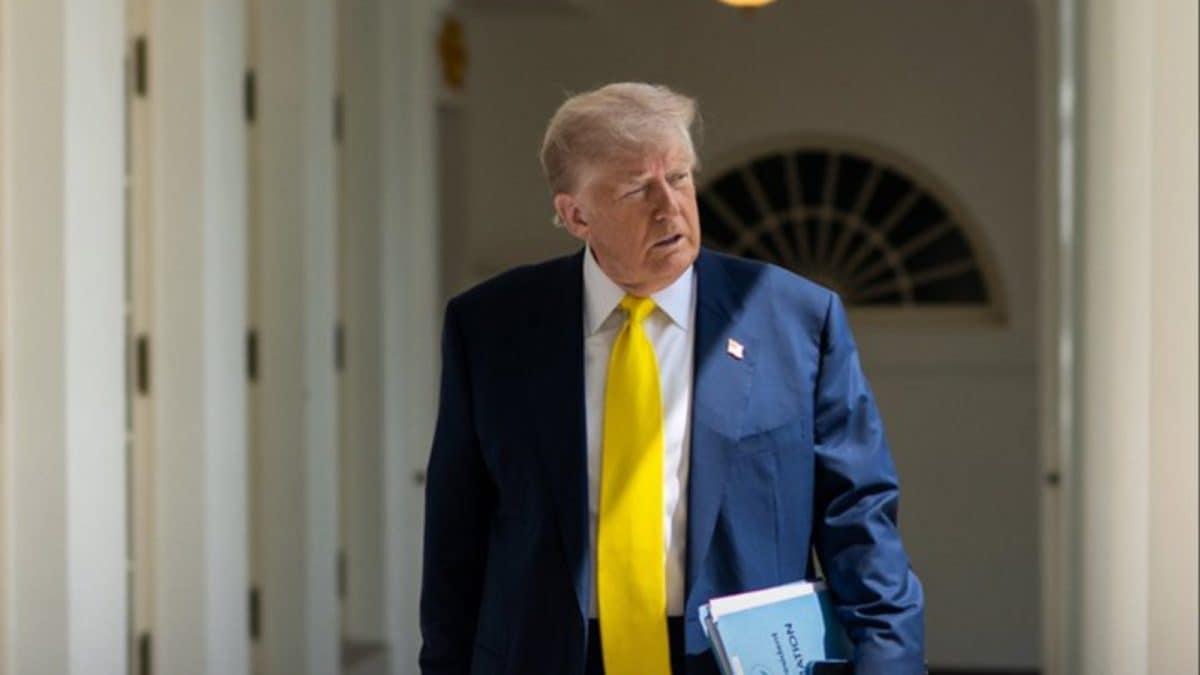ARTICLE AD BOX

T V Narendran, president - AIΜΑ, and CEO & managing director of Tata Steel Limited
COIMBATORE: 1: Geopolitical and technological disruptions have always been there, even during the pre-independence era; but now they are faster and more visible, said T V Narendran, president - AIΜΑ, and CEO & managing director of Tata Steel Limited. Addressing the management students at PSGR Krishnammal College for Women on Friday, Narendran said the geopolitical disruptions are visible now, unlike in the 1800s or 1950s, as people are more informed now. He said technology made the user interface much friendlier. “Initially, people feared that technology would replace their work; but when it was conveyed that it made their work easier, they adapted to it. The present Artificial Intelligence has been creating a tech disruption, and people are adapting to it.
The only difference is the speed at which change is happening, hardly within three to four years,” he said.He said cultural backlash and economic backlash were the two major factors that led to geopolitical disruptions.“While the share markets and enormous wealth were being created, a part of the population felt left behind, which the political leaders failed to address. There was a sense of a lack of respect for the elite and liberals, which led to the cultural pushback.
Further, people felt rising inequality mainly due to immigration and their jobs were being taken, which led to economic backlash, creating domestic pushback,” he said.Presenting real-life crises and overcoming challenges, he highlighted how Tata Steel contributed during Covid-19. “When the entire global industry was halted, the steel plants continued to function as they generated more oxygen and supplied the national demand. Though there was a supply, the transportation was a challenge due to a shortage of cryogenic tankers that were later airlifted from other countries.
All these were a learning process. Further, to adapt to the Gen Z audience, we follow the reverse mentoring, including me, when young people educate us on AI and other advancements.”

 5 hours ago
4
5 hours ago
4








 English (US) ·
English (US) ·